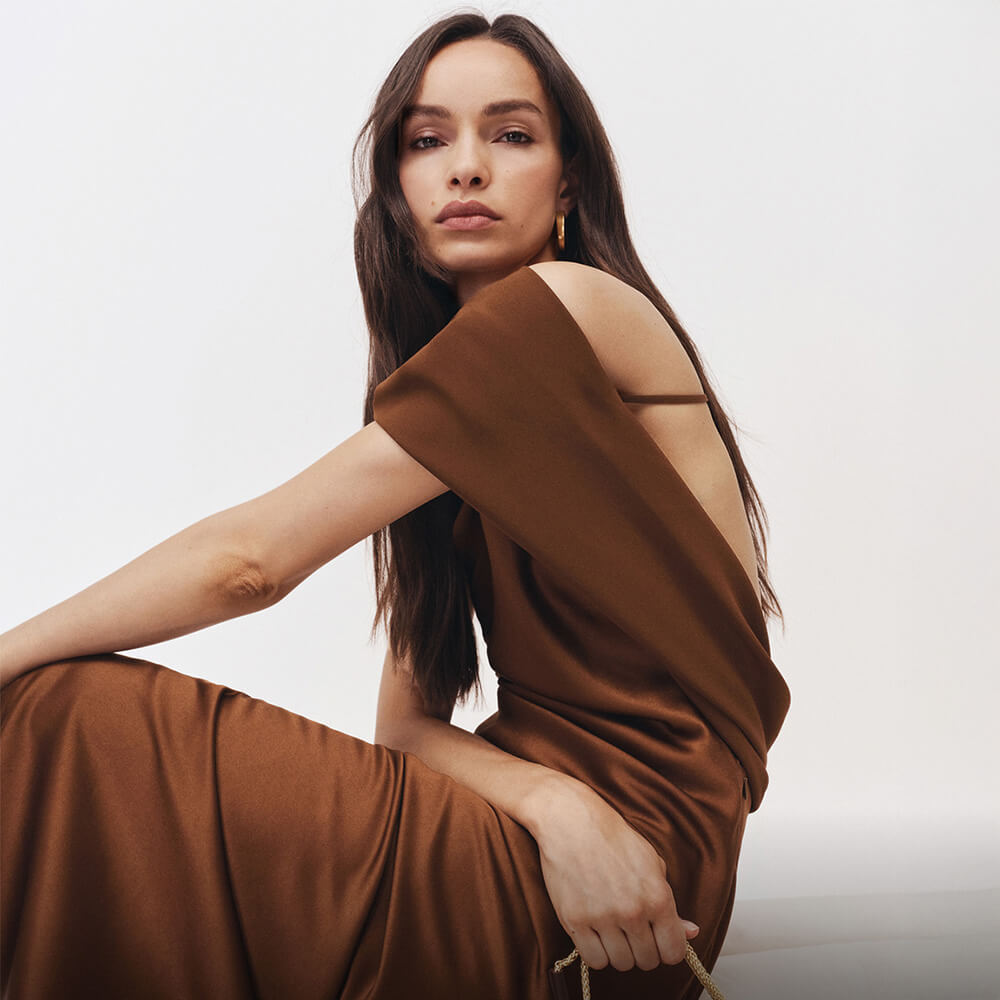The Beauty of Knitting: Exploring Diverse Stitch Designs
페이지 정보
작성자 Margery 작성일 25-09-24 21:25 조회 3 댓글 0본문
Knitwear has been a cornerstone of apparel for centuries, weaving together warmth, comfort, and artisanal skill into every single thread. At its core lies an astonishing array of stitch patterns that turn plain yarn into richly textured, visually compelling fabric. Each stitch carries a legacy, echoes cultural traditions, and imparts a unique personality to the finished garment. From the clean, sleek look of stockinette to the softly uneven surface of moss stitch, grasping these techniques unveils endless creative potential.
The stockinette stitch remains the most common and foundational technique — it’s formed by knitting every stitch on the right side and purling every stitch on the wrong side. This produces a smooth, glossy face on one side and a series of tiny ridges on the reverse. Though easy to learn, it naturally curls at the borders, which is why it’s frequently combined with ribbing to stabilize the edges.
Ribbing stands out for its exceptional stretch and recovery — it alternates knit and purl stitches in vertical columns, typically in 4x2 configurations. This makes it the perfect choice for collars, as it hugs the body while rebounding without sagging. Beyond its function, ribbing adds textural contrast that elevates the design.

Seed stitch is beloved for its dense, bumpy texture — it alternates knit and purl stitches within each row, then shifts their positions on the next row, resulting in a scattered, dot-like pattern that appears identical on both sides. It’s an ideal pick for scarves because it lies flat, resists curling, and is fully reversible.
Cable stitches introduce striking depth and dimension — achieved by temporarily holding stitches on a transfer needle and crossing them over one another. These twisted motifs resemble braids or ropes and often feature in cardigans, especially in traditional Irish designs, where each twist can symbolize rope. Though they demand extra focus and planning, the outcome is a handmade piece that feels deeply personal.
The art of lace knitting produces feather-light fabric — combining elevated loops with ssk to form geometric lattices. These patterns range from dainty and romantic and are commonly used in shawls. While lace demands precision — since errors are highly visible — the result is a fabric that catches the light.
Colorwork in knitting centers on Fair Isle and intarsia techniques — Fair Isle employs alternating hues in a row with the unused yarn carried along the back to form complex geometric designs. Intarsia, by contrast, uses dedicated yarn lengths for each color region, allowing for large pictorial elements. These techniques are central to the heritage of Icelandic knitting, enabling vibrant visual narratives.
Even within these established categories, endless variations exist — many crafters mix and match stitches, modify stitch counts, or invent custom textures to match their vision. The true magic of knitwear is its flexibility. The same pattern can become a blanket based on the knitter’s intent. Each stitch is a deliberate choice; each row, a step toward something one-of-a-kind.
Whether you’re a seasoned maker pushing boundaries — the universe of Women's Knitwear stitch patterns welcomes experimentation. There is no single perfect way — only the quiet joy of crafting something with your hands.
- 이전글 Machine Weft or Hand-Tied Weft: Which Is Right for You?
- 다음글 Manage Blood Sugar Naturally with Circulation and Glucose Support Supplement
댓글목록 0
등록된 댓글이 없습니다.

